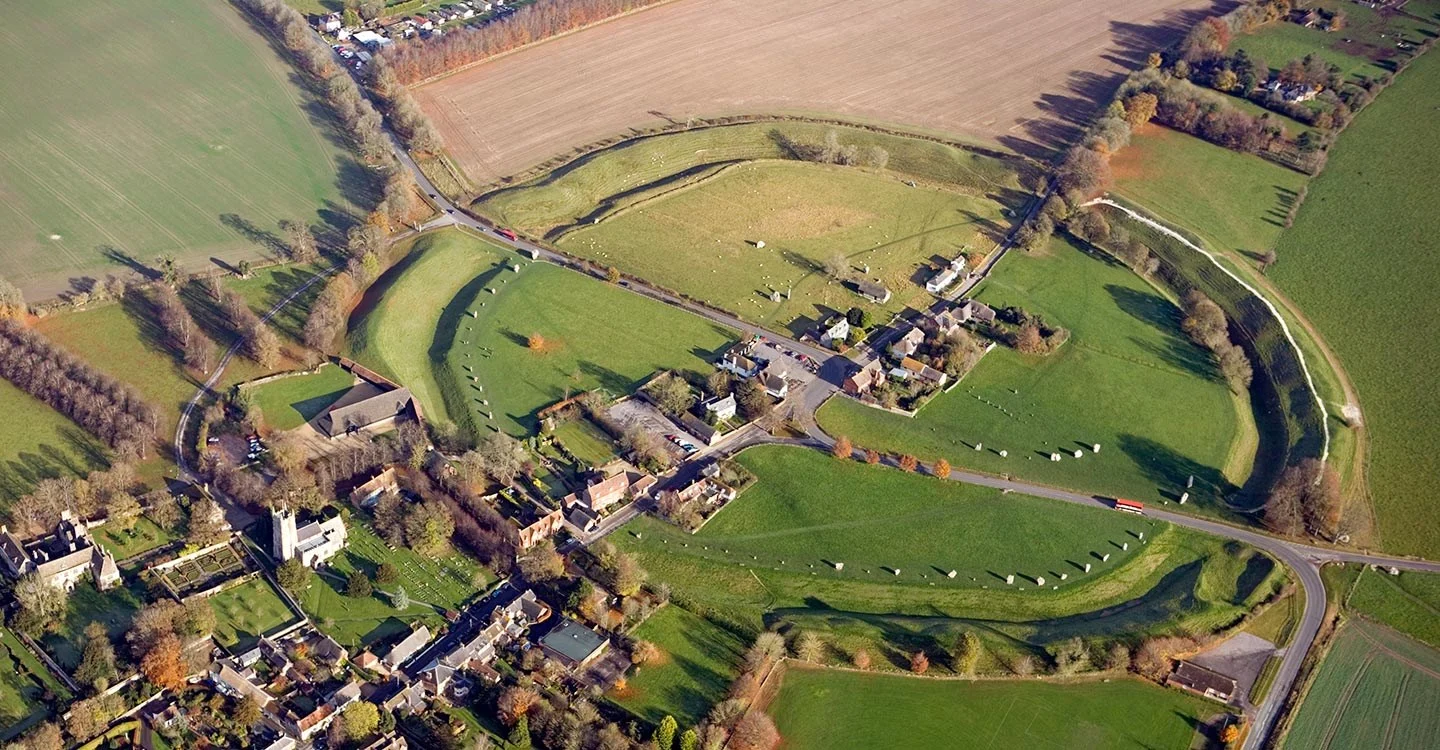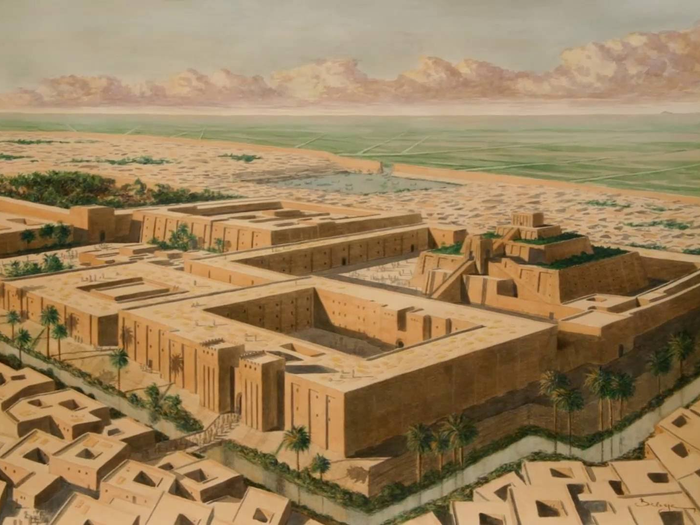Situated 20 Miles North of the Stonehenge monument lies another, much larger yet less preserved structure – the Avebury Henge Monument. It consists of 3 concentric circles, the largest of which covers a territory that spans nearly half a kilometre. This place is filled with secrets and has an origin that we can only marvel at.
The stones are situated in Wiltshire – a county in the South of England. While few of the stones remain standing, they’re still a marvel to witness. Standing with your hands against such an ancient structure is an experience that rarely happens.
How often can you touch pieces of history with your hands, especially history so old it’s been all but forgotten.

How the Avebury Henge Monument was Built
Using only primitive tools made of wood, bone and stone, the ancient peoples of the British Isles managed to hew massive stone pillars from the bedrock and move them across large pieces of land before erecting them in the hard, rocky earth.
The construction took place over several centuries and must have required a huge amount of manpower and construction know-how given the time in which it was built. But who were these classical engineers, and why were they building these structures?
The Destruction of the Monuments
Centuries later, Christianity was taking a serious foothold in England. In an effort to purge the countryside of the remnants of pagan religions (a blanket term for many complex non-Christian faiths), clerics and leaders took to defacing and destroying these impressive structures. In fact, it took many hundreds of years for the English to realize how careless they were being with their precious historical resources.
Even when the first scholars started to examine the structures, local farmers were casually knocking down the stones to make way for farming.
Rediscovering The Standing Stones
In the 18th Century, antiquarian Dr. William Stukeley was the first scholar to note the significance of these monolithic structures. He began to map out the positions of the stones, on various scales, noting their relation not just to each other, but to other archaeological sites and monuments scattered across the English landscape.
He then made a discovery that only added to the site’s mythic status. The stones once resembled a giant snake passing through a circle. How the Monument’s engineers knew how to create such a giant image is a mystery that pops up throughout various bodies of work, from England to Peru– and a question which troubles archaeologists to this day.
Visiting The Avebury Henge Monuments
Due to the large nature of the structure, the site is publicly accessible. Only 4 hours outside London, Wiltshire County is beautifully green with rolling hills and plenty of historical sites worth visiting. The site is most magical on a cloudy weekday, where you can close your eyes and imagine the physical and spiritual history that surrounds you.


